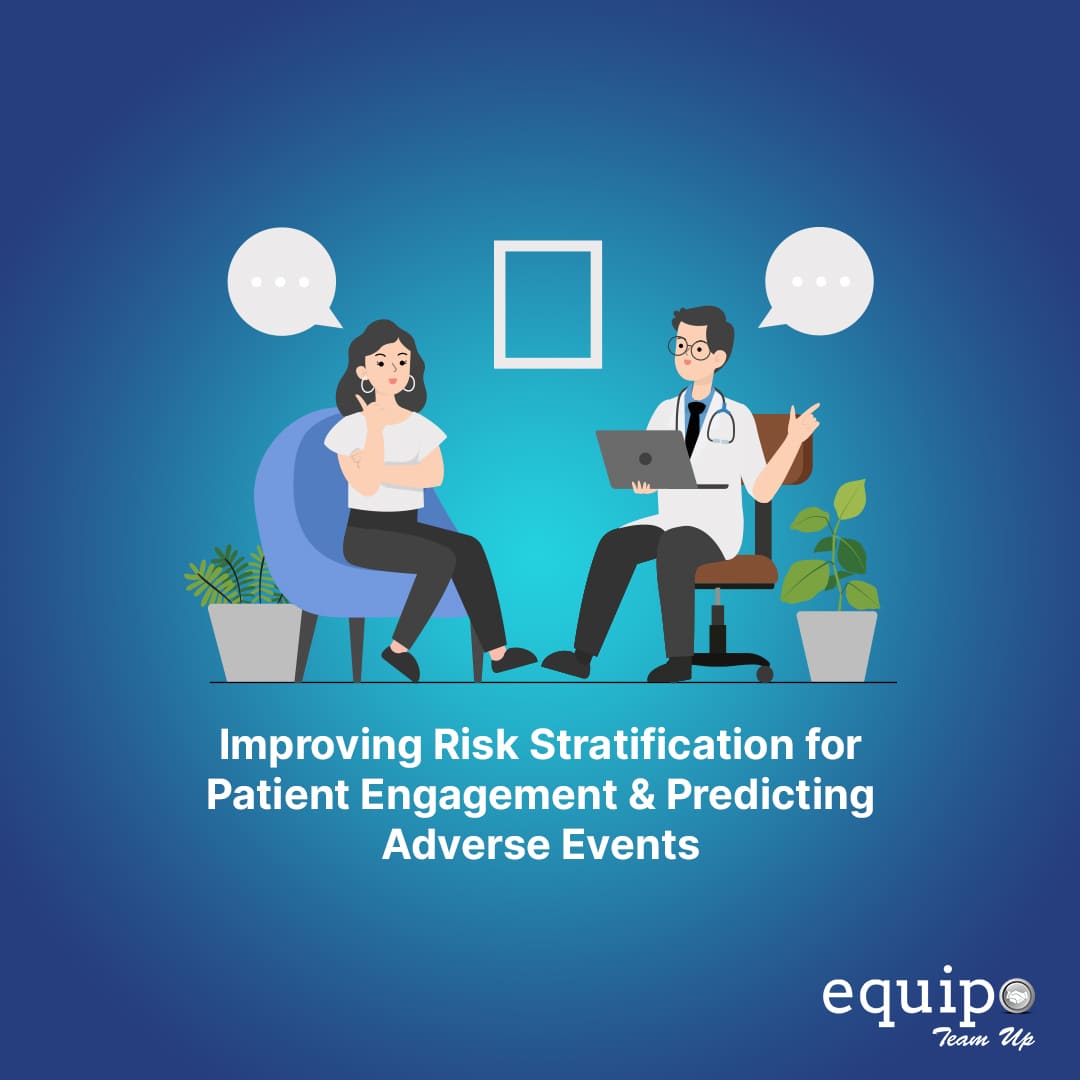Personalized patient care based on risk levels poses an accurate technique for managing patient health. However, it requires an accurate predictive risk stratification model wherein individuals are divided into categories based on similar characteristics, lifestyle, age group, treatment, etc., to improve overall health and predict adverse events.
This article discusses how risk stratification models and algorithms can help improve patient engagement and predict adverse events.
Improved Process To Categorize Patient’s Risk Level
Risk stratification is considered one of the ideal methods to organize patient risk levels by dividing them into subgroups. It helps in accurate population management to segment risks, thereby helping patients to plan, develop and implement customized patient care.
It requires following detailed steps to improvise the entire process of categorizing patient risk levels.
- Identify And Categorize Patients
Prepare a list of patients in the system. Do not exclude any patient and include everyone attributed to the health center and related groups. Furthermore, categorizing patients into age groups or genders, such as adults and those below 18 or male and female, will help in sorting the list better.
- Organize Patients By Health Conditions
Once you have listed all the patients, the next step is organizing them as per their medical condition. Again, using a UDS or uniform data system for stratifying risks will help highlight the risk level and patient condition. It will also help in stratifying patients into categories of high complexity, higher risks, moderate risk, and least risk to know who requires care in priority.
- Segment Patient Population Into Target Groups
After bifurcating patients according to their health conditions, the next step is segmenting them as per the target groups. The categorizing is further divided into four groups: high risk to rising risk, moderate and lower risk groups. Based on the sorting, the health care centers will know about patients’ utilization of health care patterns, social risks, and other information.
- Develop Care Models and Target Interventions for Risk Groups
Once proper patient categorization is done at the risk level, it will assist health centers in designing a care model. It involves using internal and external resources to meet each target group’s needs, ensuring appropriate care and reduced spending.
Enhanced Risk Stratification Helps Predicting Adverse Events
Enhanced risk stratification has been helpful in conditions wherein predicting adverse outcomes is difficult. Stratifying patients based on the level of risk, disease characteristics, and treatment method helps minimize risks and provide accurate solutions based on the level of patient care.
- Employ ML-Based Risk Stratification to Analyze Patient Deaths with Basal Ganglia Hemorrhage
ML-based risk stratification effectively aids in analyzing patient death due to basal ganglia hemorrhage. The patients are divided into two groups as per their treatment.
It includes a conservative treatment group (CTG)
Surgical treatment group (STG)
Furthermore, the patients are divided according to their characteristics. For example, patients in CTG and STG models are categorized based on prehospital time, consciousness, hemorrhage volume, brain herniation, blood loss, and the hdCRP model.
Herein, the ML-based classification technique assists healthcare providers in identifying risks and evaluating when there is a need for emergency admission and offers timely medical care without consuming too much time.
- Predicting Renal Survival in Anti-GBM disease
Anti-GBM or Anti Glomerular basement membrane is a rare condition. However, it requires adequate tools to manage the prediction. A risk stratification technique will help segregate patients based on their RRS (Renal Risk Score) to benefit them from rescue immunosuppressive therapy.
Dividing the patients into four risk levels as per their RRT needs during diagnosis and renal histology aids in improvising predictability. Besides, it also highlights the requirement of normal glomeruli and accurate management of anti-GBM disease.
- Assess Patients with pN1a Papillary Thyroid Cancer with Lateral Neck Recurrence
Patients with pN1a papillary thyroid cancer (PTC) are not often recommended for lateral neck technique. However, applying the method to reduce the risk of recurrence is also essential. Hence, a proper stratification to detect lateral neck recurrence in patients with Pn1a papillary thyroid cancer.
As per sources, risk stratification for PTC was established by American Thyroid Association in 2015, wherein patients were segmented as per risk groups. It was further segmented based on risk factors and level to identify solutions after the recurrence of pN1a PTC post central compartment dissection or thyroidectomy.
Conclusion
Risk stratification plays an integral role in identifying the level of patient care. It segregates patients as per the level of risk to allocate a status required for patient engagement. The information will help predict adverse events, provide direct care and implement strategies to improve overall health outcomes.
Equipo’s risk stratification model employs risk analytics to calibrate risk trends and pair risk with other clinics. It assists in accurately segmenting patients into groups and care needs. In addition, our model also aids in reducing the rigorous documentation of adding patient risk scores.

